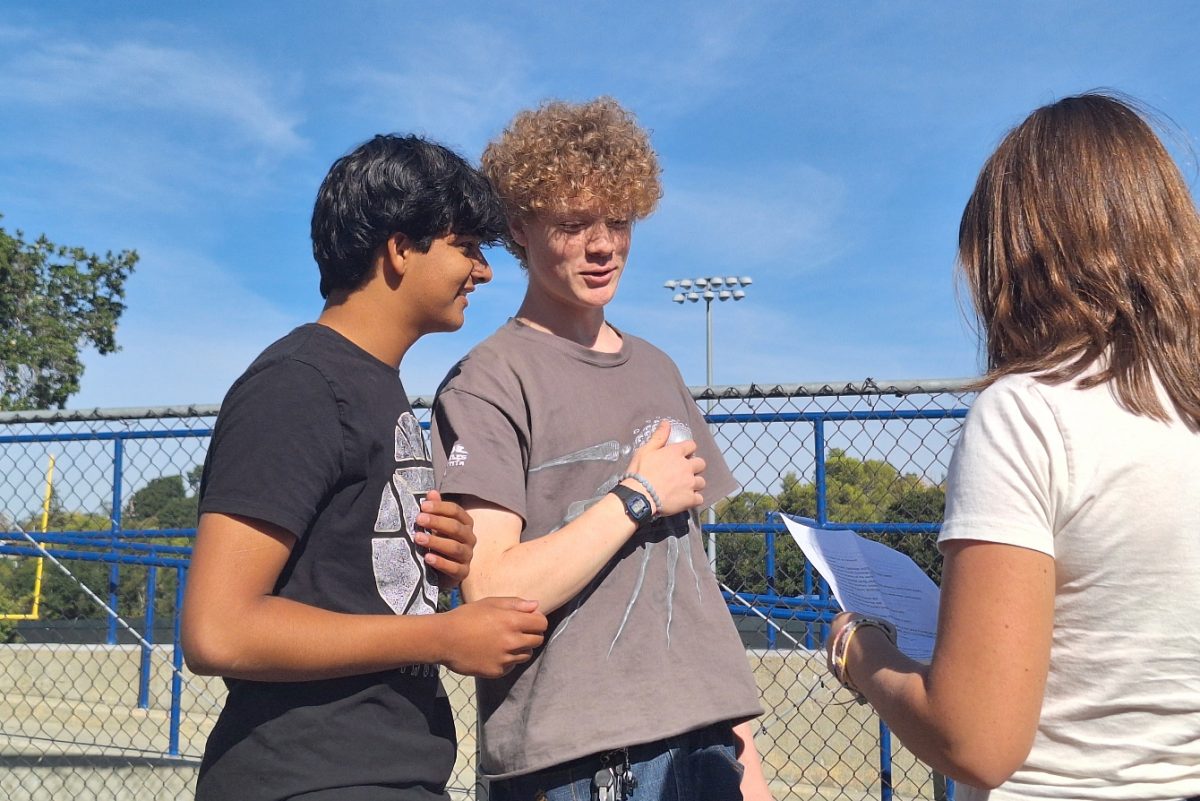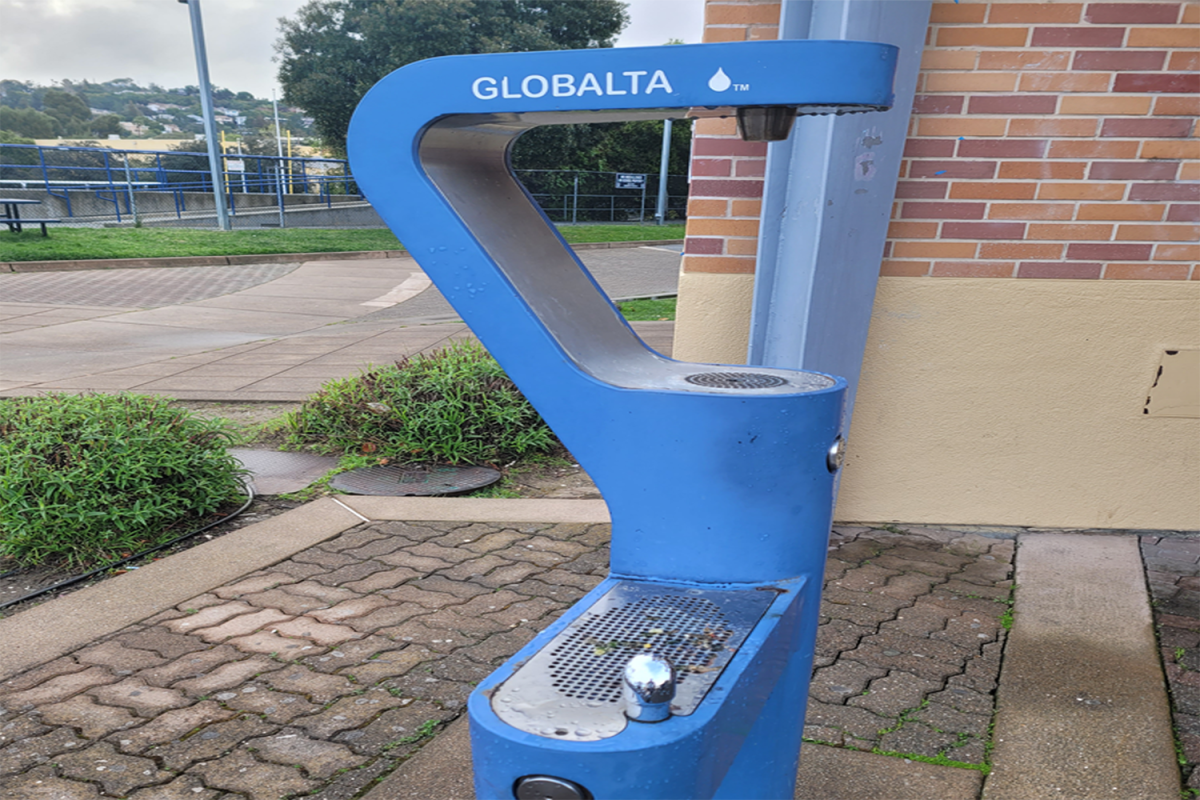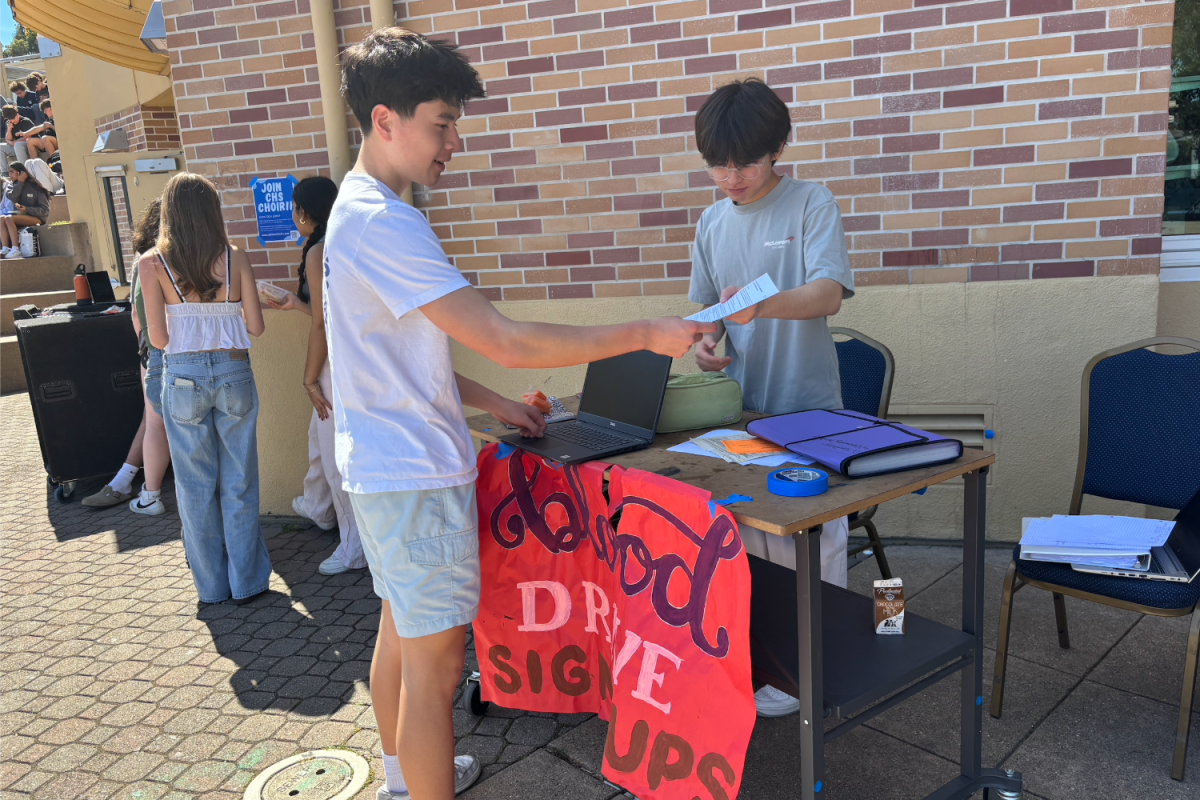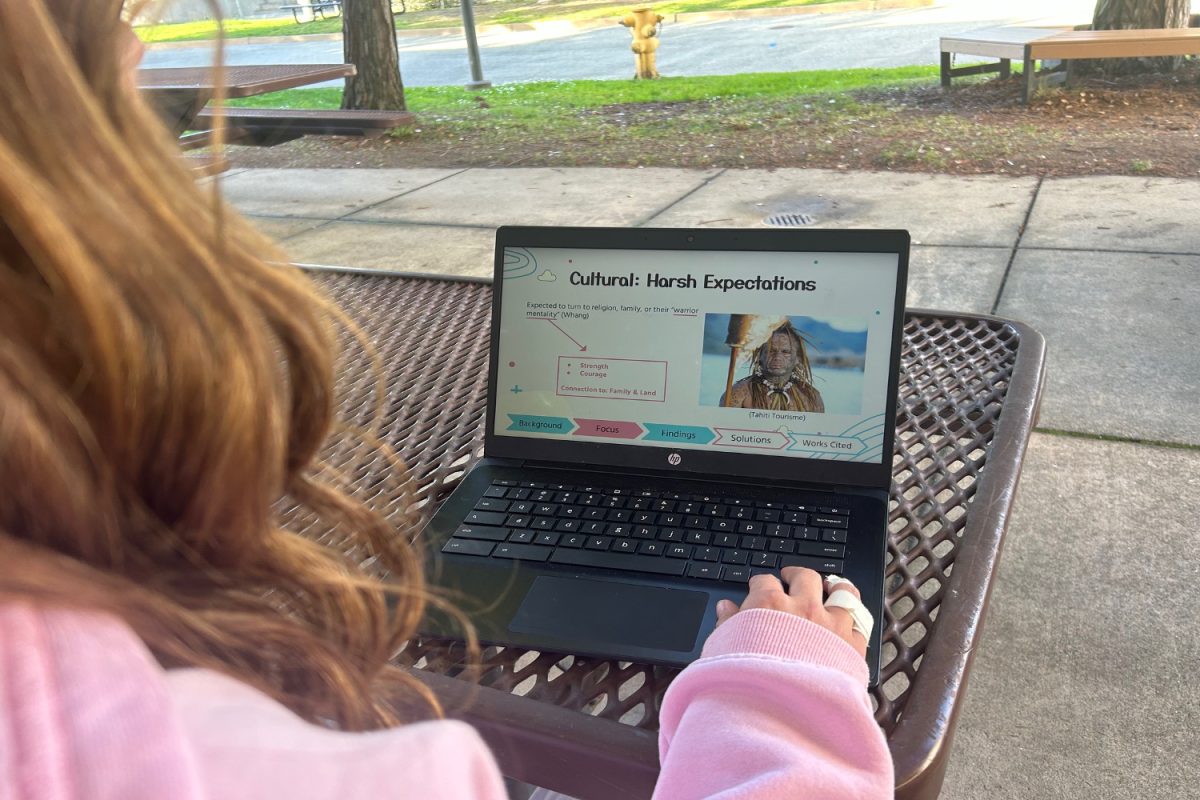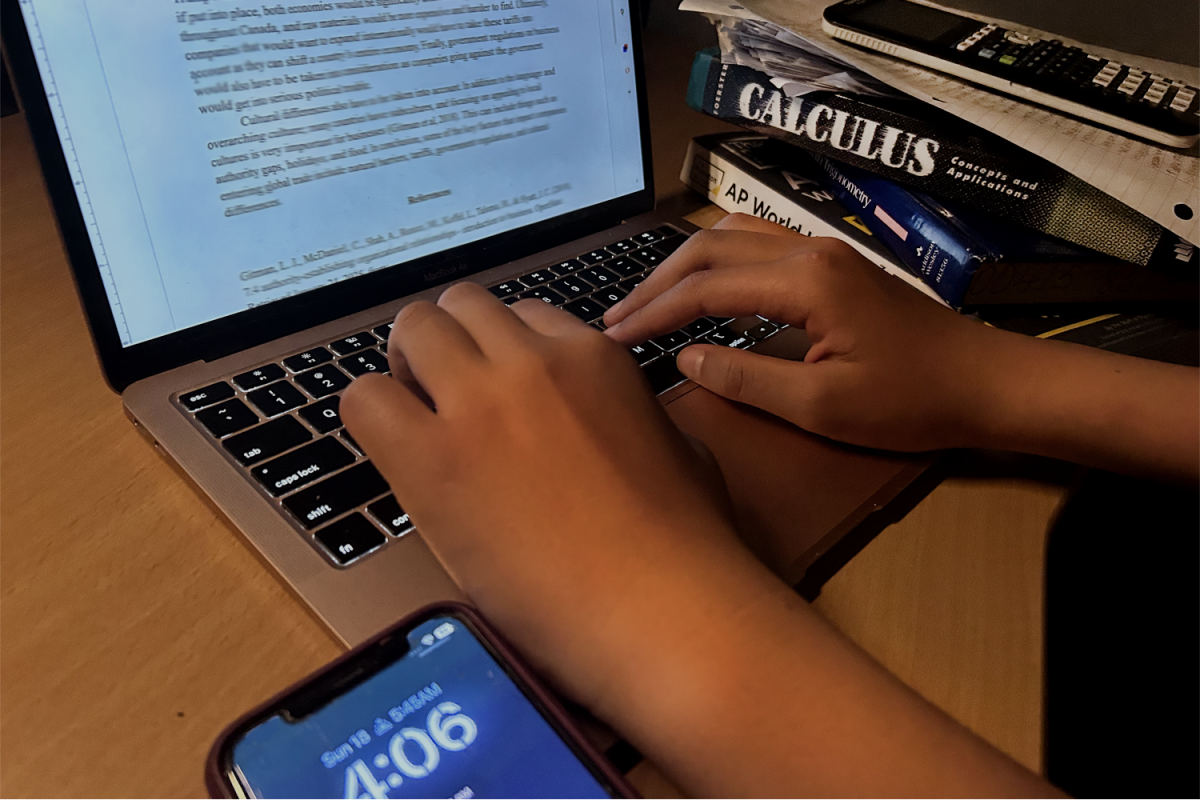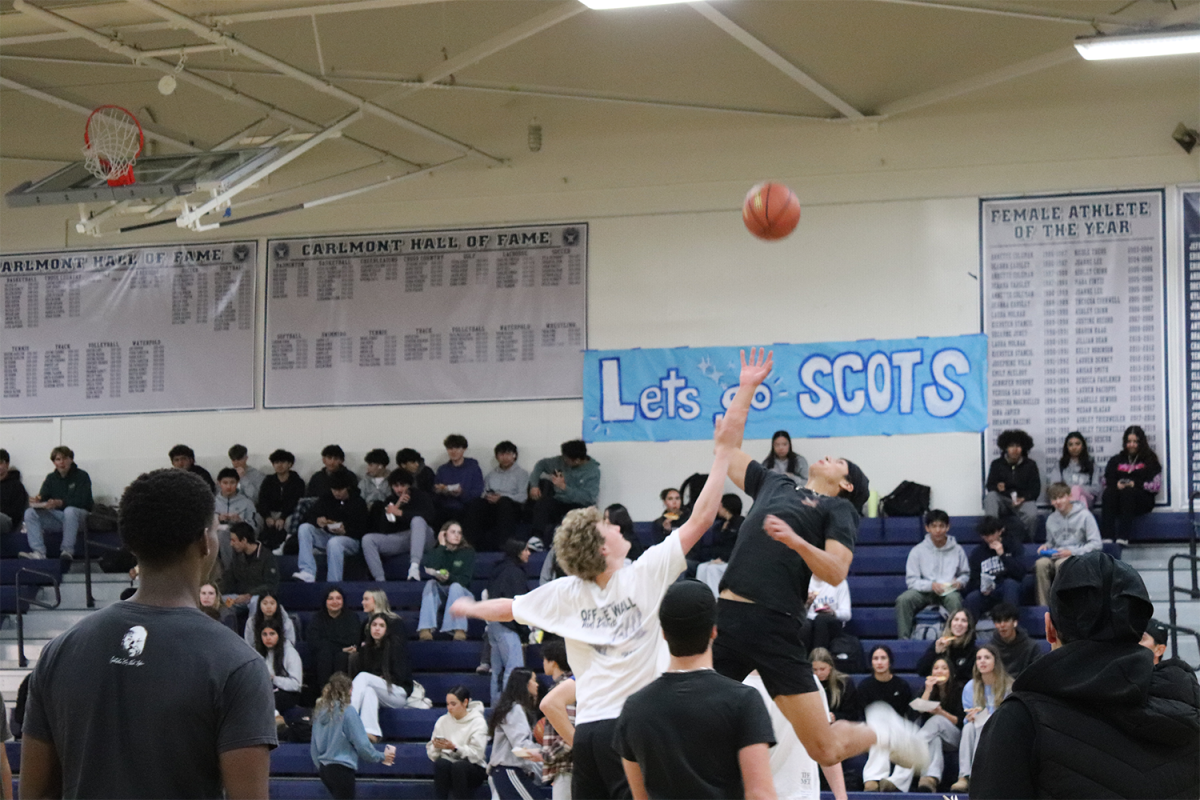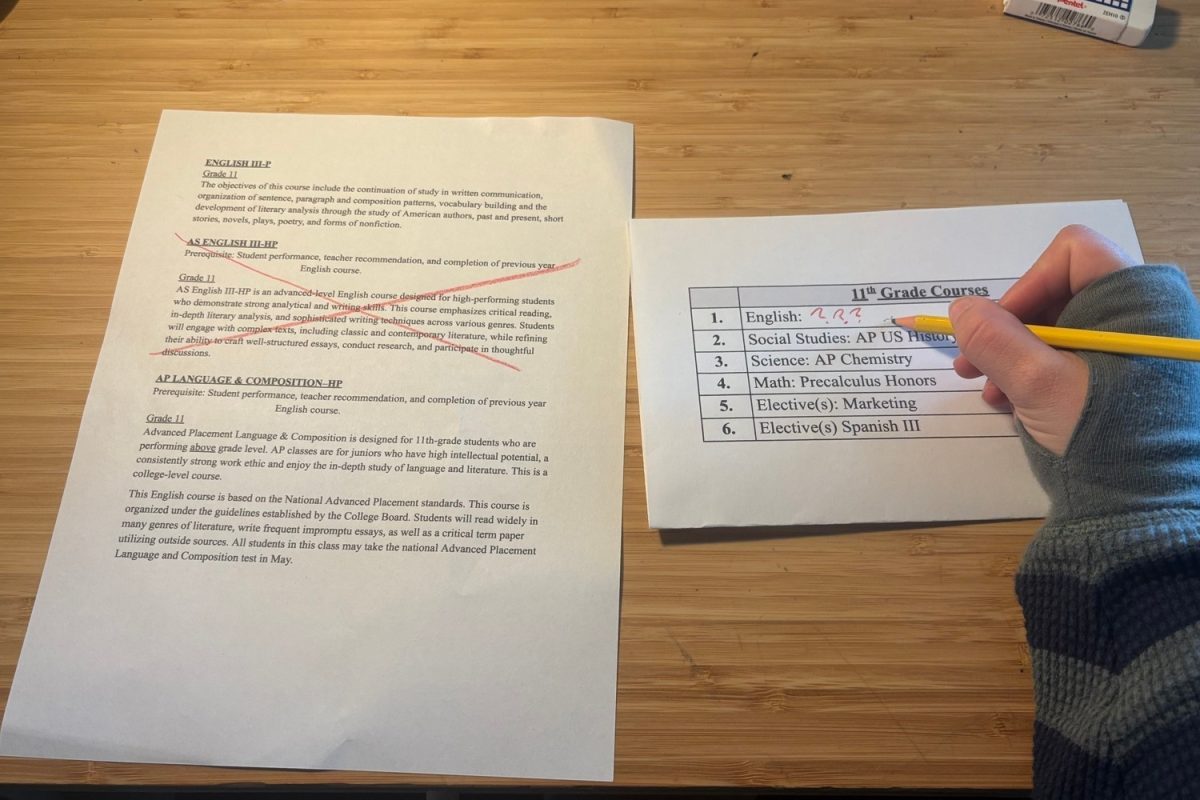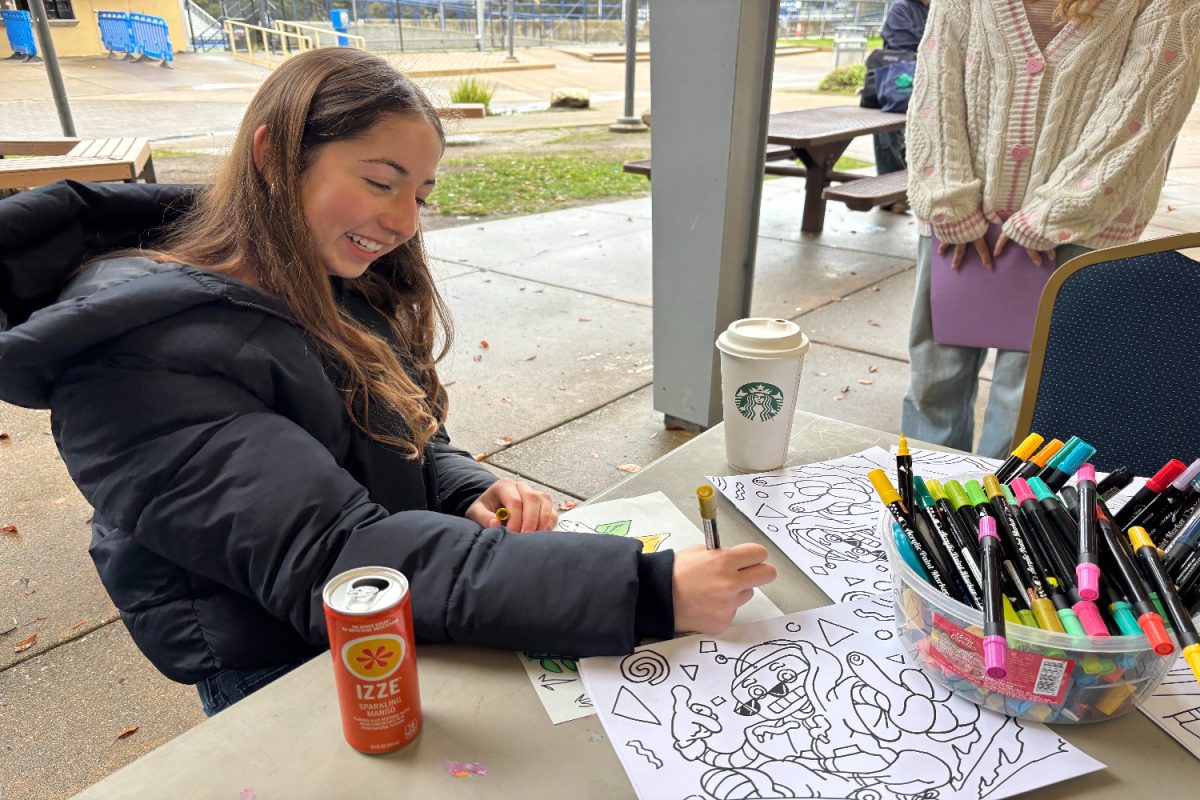Homecoming tailgate, doughnut giveaways, and “Halloweek” festivities. These are just some of the many events run by ASB, which range from community building to school spirit. But how do these events come to be?
This year, ASB welcomed a new commission: lunchtime service. This commission, run by co-facilitators Mahika Reddy and Liam Gulsen, has been working to bring in a more diverse audience through lunchtime activities.
For context, ASB is broken down into two groups, activities and service council, and then those groups are further broken down into commissions.
In previous years, there has been only one lunchtime commission, which was managed by the activities council. They mainly focused on big events such as the Carlmont Cup. According to Reddy, these events gathered large crowds but were only really popular with the more extroverted students on campus.
However, now with lunchtime commissions on both the service and activities council, the teams are able to offer a wider range of activities with varying levels of social risk.
“We’ve run events that are more laid-back, and you don’t have to be much of an extrovert to participate,” Reddy said. “That’s the goal.”
According to Garrett Paulus, co-facilitator of lunchtime activities, activities from both commissions have garnered large crowds.
“We get a good amount for every activity,” Paulus said. “For big activities where people might have to sign up, it depends, but for the activities that are lower risk, we typically get 50 to 100 people.”
According to Jim Kelly, Carlmont’s ASB director, the addition and implementation of the lunchtime service council is almost entirely student-led.
“I take a lot of pride in having ASB be as student-run as possible. It might not be as professional as it could be, but honestly, if that’s the cost of doing it, it’s well worth it because the participation and interest level are so much better than if it was ‘Mr. Kelly government’,” Kelly said.
While Paulus is a senior and has been a part of ASB since sophomore year, Reddy is new to commission work this year as she joined ASB last year as a vice class president. This transition of roles, coupled with the unique trials that come with a newly formed commission, can prove to be a bit of a challenge.
“I didn’t realize how much effort went into the role of a facilitator until I became one,” Reddy said. “It’s a lot of behind-the-scenes work that people don’t think about; planning, organizing, and especially scheduling skills like using calendars. I never thought about that before I became a facilitator.”
But according to Reddy, this challenge is a welcome one for her and her team, and they hope to leave the lunchtime service council as their legacy in ASB.
“In a way, we’re forging what the commission is going to become, so I think it’s really exciting for me and our team to be able to have more of an impact,” Reddy said. “We still have a lot of room for what the commission can grow into.”

